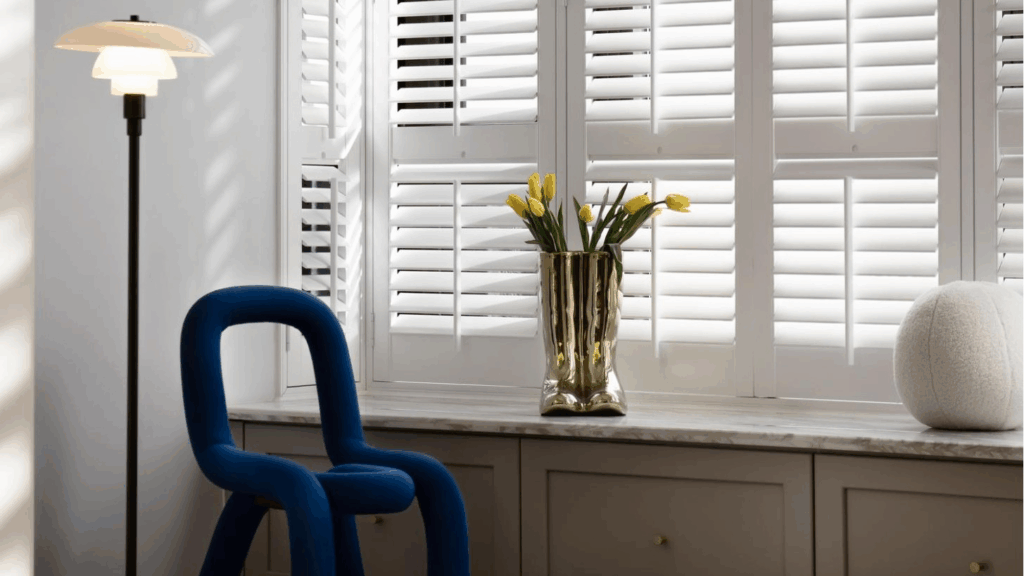Design is more than just arranging furniture or choosing paint colors; it’s the process of by using the surroundings around you to make it both functional and aesthetically pleasing. 浴室翻新 Whether you’re adjusting your home, office, or any other space, design plays a crucial role in creating an atmosphere that demonstrates your personality and meets your needs. With the right approach, design can raise a simple room into a space that feels welcoming, comfortable, and inspiring.

At its heart, design is about creating spaces that resonate with the people who occupy them. It’s a creative art form that combinations creativity with usefulness. The process involves a deep understanding of the space, the function it serves, and the feelings you want it to bring to mind. Good design doesn’t just focus on beauty; it enhances how you feel the world around us by making spaces more workable, relaxing, or stimulating as needed.
One of the most important facets of design is the layout. The way furniture is arranged can significantly impact how a room is used and perceived. A well-thought-out layout makes a location feel large, inviting, and functional. It ensures that there is enough room for movement and that each area is easy to get to. Whether it’s an income room, kitchen, or office, a good layout allows the room to serve its intended purpose without feeling cluttered or cramped.
Color also plays an important role in design. Different colors bring to mind different moods and emotions. Warm tones like reds and yellows can make an area feel lively and energetic, while cool tones such as blues and greens are calming and soothing. Neutrals like whites, grays, and beiges provide a versatile history that enables other elements in the room to stand out. The right color palette can bring a location alive, mentioning industrial features, creating a sense of harmony, and influencing the overall atmosphere. Choosing colors wisely can significantly impact how you feel in a particular space.
The furniture in a room is another key factor of design. It’s important that the furniture not only complements the room’s style but also serves practical purposes. Comfortable sitting, functional tables, and appropriate storage solutions are very important for making an area livable. Furniture should be chosen with the room’s scale in mind. Large, cumbersome furniture can overwhelm a small room, while minimal pieces may be more fitting for smaller spaces. Innovative furniture selection allows you to blend style with comfort and functionality.
Lighting is often overlooked, but it’s one of the most powerful tools in design. The right lighting can completely change the mood of a room. Natural light can make a location feel open and airy, while different types of artificial lighting—such as background, task, and accent lighting—can create the required atmosphere. For example, bright, focused lighting is great for working or reading, while softer lighting is better for relaxation and unwinding. Layering lighting elements and using adjustable fittings can provide versatility in how a space is used, whether it’s for work, entertainment, or quiet moments.
Storage is an often underestimated but essential aspect of design. A well-organized room not only looks better but also functions more efficiently. Clever storage solutions, such as built-in shelves, hidden cabinets, or multi-purpose furniture, lessen clutter and make spaces feel tidier and more open. Considerately incorporating storage into your design is able to keep your space looking stylish, while ensuring that everything has its place.
The overall theme or style of an area ties all of these elements together. Design offers a wide variety of styles, from modern and minimal to traditional and rustic. The key is to purchase a style that aligns with your personality and the function of the space. Mixing and matching different elements can create a more eclectic look, while a uniform design can bring an awareness of cohesion and order to a room. Whatever style you choose, the design should reflect your tastes and needs.
Incorporating personal details into your space is another way design makes an area feel truly yours. This can be through artwork, family photos, unique decor items, or meaningful accessories. These elements add personality and warmth to the room, making it feel more inviting and comfortable.
Design is more than just about making a space look good—it’s about creating environments that increase the way we live and work. With careful thought and awareness of detail, design can transform any room into a place where we feel comfortable and inspired. Whether you’re upgrading a single room or an entire home, design is a powerful tool to customize your space and enhance your daily experiences.
Ultimately, design is to be able to express your style, meet your needs, and make the most out of the space around you. By focusing on the layout, color scheme, furniture, lighting, storage, and personal details, you can create a space that not only looks beautiful but also serves its purpose and enhances your life.